 1. Stone/dirt path scramble, muddy Converse and I’m chasing rubble: mad crumbled buildings in this town, falling like trash down the mountainside, and the urban explorer/trespasser in me can’t get enough.
1. Stone/dirt path scramble, muddy Converse and I’m chasing rubble: mad crumbled buildings in this town, falling like trash down the mountainside, and the urban explorer/trespasser in me can’t get enough.
Guy sitting on his stoop—track suit and cheap sunglasses, smoking what smells like weed. Give him a nod, which I can’t tell if he returns.
He watches me as I tromp past, up the hill and he whistles—makes a time-out signal with his hands, which I take to mean, “Don’t go traipsing on my fucking property, girl.” But he does it with a smile, so I smile back, and when I walk past again he says, “You speak Deutsch, American?”
“American.”
He nods. “Nice castle,” and juts his chin towards the stone mass in the distance.
“Very nice,” I reply.
He gestures whatever he’s smoking towards me. I shake my head no. “Have a good day.”
“Goodbye.”
2. Cobbled road in the old town, forty-five degree angle and I’m taking it slow. Pass an old dude I saw down in the new town—has one of the most intense shoe-polish toupees I’ve ever seen, hanging over his forehead like a black awning. I recognize him and he recognizes me—our eyes meet and I smile, nod.
He smiles and asks me something in Albanian.
I shake my head.
He sighs. “Deutsch, Italiana…”
“Ah, ah,” I answer, understanding. “American.”
“Detroit?”
“San Francisco.”
He nods and throws a barrage of Albanian at me. I shake my head again.
He points to his ring finger, then me.
I laugh, wave my hands no.
A woman appears at the window of the meat market we’re standing in front of, her face obscured by the glare on the glass. Our eyes meet and I smile.
3. “Can I sit down?”
I’m scrounging the last sunlight of the day, before it slips behind that mountain and casts everything in a funny pink glow. I look up from my book and nod.
His name is George, he served me my espresso in the sinking light—he asks me where I’m from and if I have friends in Gjirokastra.
“No. But I’ve only been here one day.”
He asks me if I have a mother and father back in the States, brothers and sisters—he asks me if I have a job, and I say no, and he asks why, and I say I quit. I tell him I’m a writer. I don’t think he understands.
“Why you are alone?”
I give him the usual answer: that my friends either don’t have time or don’t have money, so I travel alone. I give this answer regardless of language barriers, because the real answer is harder to explain. Most of time, I don’t think I know the real answer.
We try to chat, but it’s awkward and fails, and then the light is gone. So I smile and nod at my empty espresso cup and ask how much. He shakes his head. “Nothing. Now,” big broken smile, “you have a friend in Gjirokastra,” and points his thumb to his chest.


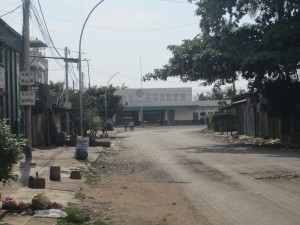



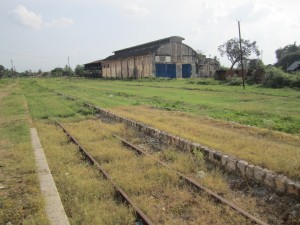



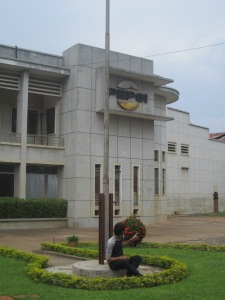

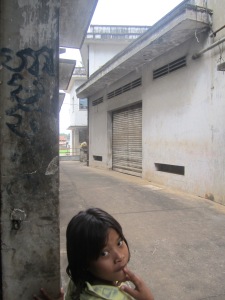

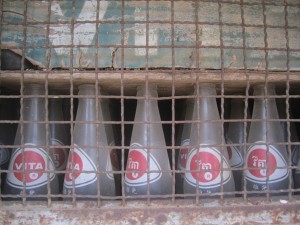

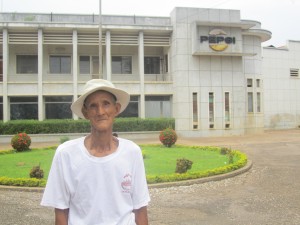

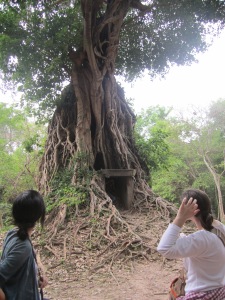






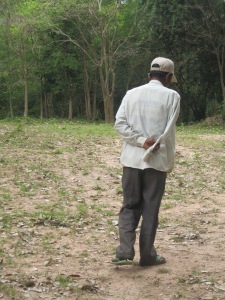



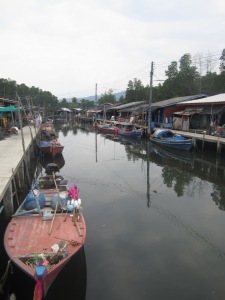

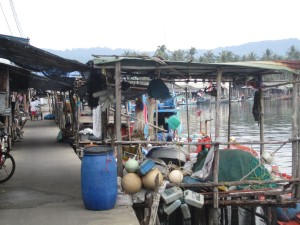

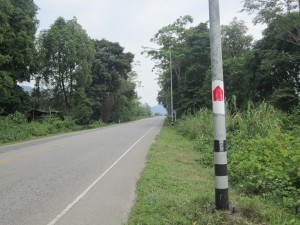
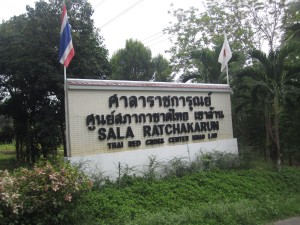





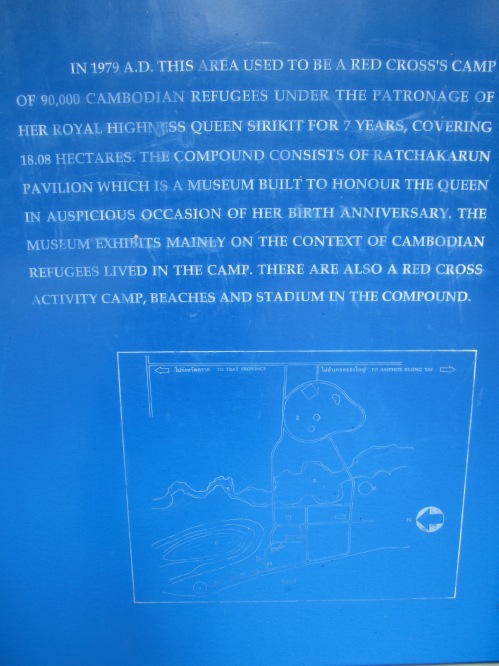

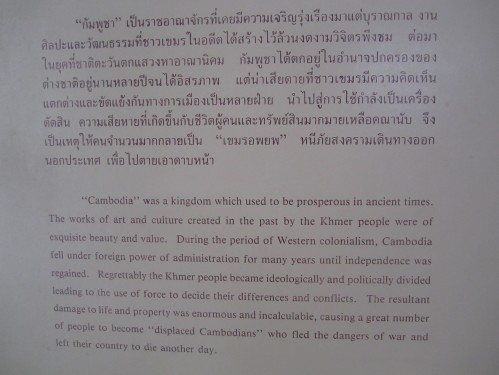















Recent Comments